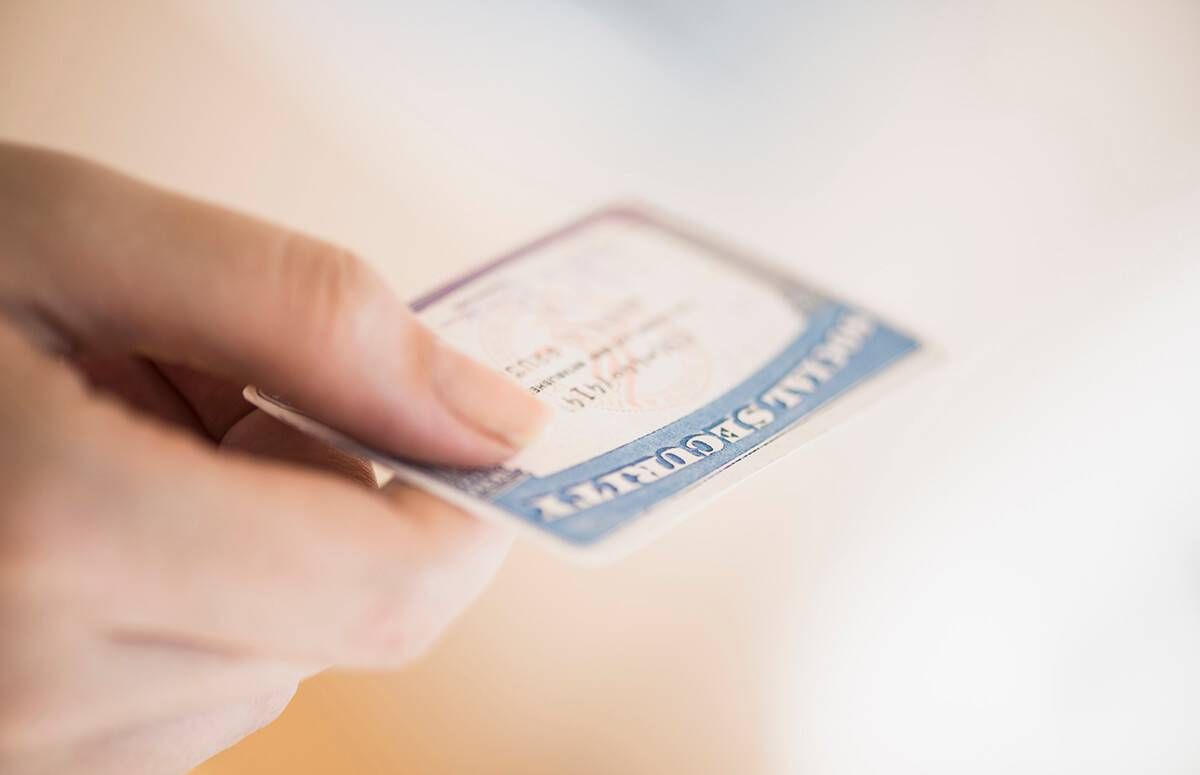Social Security Claiming Strategies for Widows and Widowers
Retirement benefits guidance if you've lost a spouse or an ex-spouse
The rules for claiming Social Security benefits are incredibly complicated and that’s especially true for widows and widowers. Here’s some guidance:

If you are widowed, you might be eligible to claim Social Security widow’s or widower’s payments. That’s true even if you were divorced when your former spouse died, provided you were married for 10 years.
If you are at least Full Retirement Age (currently 66) when you file for Social Security, you get up to 100 percent of your spouse’s Social Security payment. (Earlier filing means reduced payments, down to 71.5 percent at age 60 — not 62 like regular Social Security.)
Think of it this way. If you and your spouse are both getting Social Security, you’re over 66 and one of you dies, the survivor gets the higher of the Social Security checks for the rest of their life.
Caring for one or more kids? You could even get a 75 percent payment at any age, if you were married at the time of your spouse’s death (or divorced after a 10-year marriage), have limited earnings and are caring for the surviving child under age 16.
And remarriage after age 60 does not block your widow’s or widower’s payments. But remarriage before age 60 blocks payments for as long as the marriage lasts.
You Might be a ‘Dualie’
You can be “dually eligible” for widow’s or widower’s payments and your own Social Security. If so, you can take one benefit early, then switch to the other later. Even if you get reduced early payments on one benefit, the reduction does not carry over to the other.
Smart Claiming Strategies for Widows and Widowers
Here's how to claim Social Security wisely if you're a widow or a widower:
Contact the Social Security Administration to learn two numbers: your widow’s or widower’s payment at your Full Retirement Age and your own payment at 70. That’s when each benefit reaches its maximum. Then, the rule of thumb is to take the lower benefit first and the higher benefit second. It’s like a double-harvest — you reap the wheat now while the corn continues to grow.
Let me give you a few examples:
Paul and Ruth are retired and over 66. Paul gets $1,500 a month from Social Security; Ruth gets $2,000. If either one dies, the survivor will get the higher payment of $2,000 a month for life.
Here’s another example: Lisa was widowed at 56. Her earnings — and therefore her Social Security payments — were high; her husband’s were low. At 60, Lisa retired. She immediately started drawing a (reduced) widow’s payment, 71.5 percent of what she would get at Full Retirement Age. At 70, she’ll switch to her own (then maximum) Social Security, up to 132 percent of her Full Retirement Account payment for the rest of her life. There’s no carry-over reduction for taking her widow’s payments early. If Lisa remarries, her widow’s payments will continue because remarriage over 60 can be disregarded.
And one more: Carl was married to Mary for over 10 years, then divorced. Mary died five years later. Mary was a high earner; Carl is not. At 64, he retires and immediately starts his own (reduced) Social Security. At Full Retirement Age, he switches to (maximum) widower’s payments on Mary’s record. He gets 100 percent of what Mary would have gotten at her Full Retirement Age. There’s no reduction for taking his own payments early.
For more details on this subject, see my book, Social Security: The Inside Story, the Social Security Administration’s s Survivors Benefits publication and Social Security Administration’s Survivor’s Planner.

